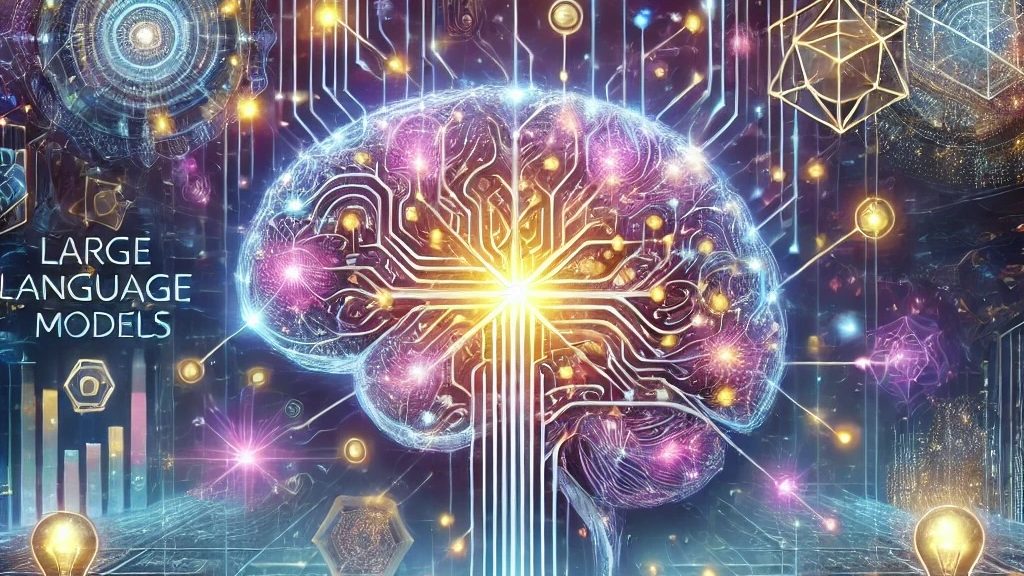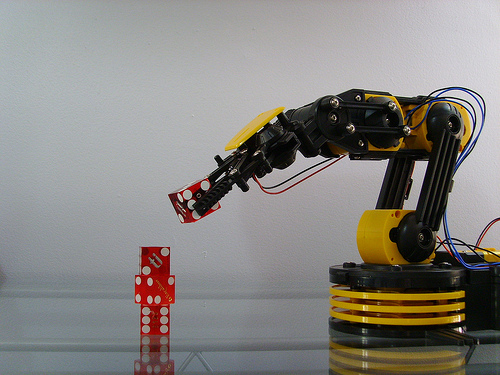In the previous posts in this series, we discussed how devastating Searle’s Chinese Room argument was to the premise that our brains are digital computers. He argued, quite convincingly, that mere symbol manipulation could not lead to the rich understanding that we seem to enjoy. However, I refused to be convinced, and found the so-called systems response more convincing. It was the counter-argument saying that it was the whole Chinese Room that understood the language, not merely the operator or symbol pusher in the room. Searle laughed it off, but had a serious response as well. He said, “Let me be the whole Chinese Room. Let me memorize all the symbols and the symbol manipulation rules so that I can provide Chinese responses to questions. I still don’t understand Chinese.”
Now, that raises an interesting question — if you know enough Chinese symbols, and Chinese rules to manipulate them, don’t you actually know Chinese? Of course you can imagine someone being able to handle a language correctly without understanding a word of it, but I think that is stretching the imagination a bit too far. I am reminded of the blind sight experiment where people could see without knowing it, without being consciously aware of what it was that they were seeing. Searle’s response points in the same direction — being able to speak Chinese without understanding it. What the Chinese Room is lacking is the conscious awareness of what it is doing.
To delve a bit deeper into this debate, we have to get a bit formal about Syntax and Semantics. Language has both syntax and semantics. For example, a statement like “Please read my blog posts” has the syntax originating from the grammar of the English language, symbols that are words (syntactical placeholders), letters and punctuation. On top of all that syntax, it has a content — my desire and request that you read my posts, and my background belief that you know what the symbols and the content mean. That is the semantics, the meaning of the statement.
A computer, according to Searle, can only deal with symbols and, based on symbolic manipulation, come up with syntactically correct responses. It doesn’t understand the semantic content as we do. It is incapable of complying with my request because of its lack of understanding. It is in this sense that the Chinese Room doesn’t understand Chinese. At least, that is Searle’s claim. Since computers are like Chinese Rooms, they cannot understand semantics either. But our brains can, and therefore the brain cannot be a mere computer.
When put that way, I think most people would side with Searle. But what if the computer could actually comply with the requests and commands that form the semantic content of statements? I guess even then we would probably not consider a computer fully capable of semantic comprehension, which is why if a computer actually complied with my request to read my posts, I might not find it intellectually satisfying. What we are demanding, of course, is consciousness. What more can we ask of a computer to convince us that it is conscious?
I don’t have a good answer to that. But I think you have to apply uniform standards in ascribing consciousness to entities external to you — if you believe in the existence of other minds in humans, you have to ask yourself what standards you apply in arriving at that conclusion, and ensure that you apply the same standards to computers as well. You cannot build cyclical conditions into your standards — like others have human bodies, nervous systems and an anatomy like you do so that that they have minds as well, which is what Searle did.
In my opinion, it is best to be open-minded about such questions, and important not to answer them from a position of insufficient logic.






